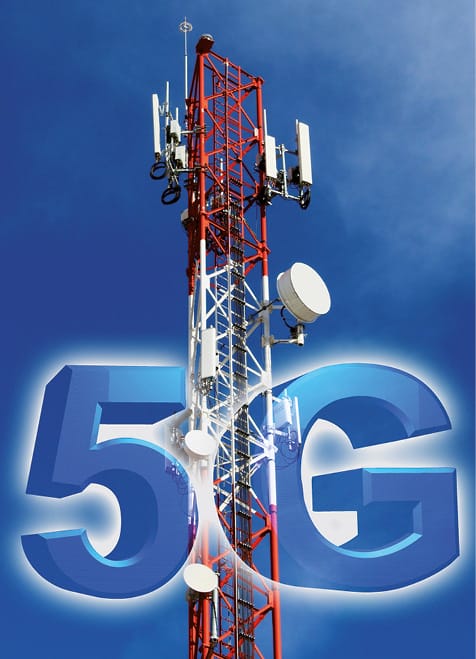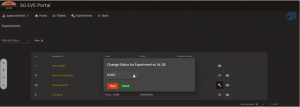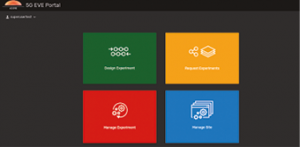Dear readers,
Artificial Intelligence is already used in 4G and the currently deployed 5G networks. That said there is still a huge potential for Artificial Intelligence (AI) to improve management and performance of Beyond 5G networks, which are expected to be developed in the next ten years. AI technologies offer the potential to efficiently address the challenges of complex 5G and Beyond 5G networks, which transport ever-increasing amounts of data.
A number of European research projects are addressing these challenges. Eurescom is involved in some of these projects, which have brought about considerable technological advances. Thus, we considered the time right to dedicate the cover theme of this issue of Eurescom message to Artificial Intelligence for 5G and Beyond and have a look at some of the achievements as well as the remaining challenges.
In the first article of the cover theme, Eurescom message editor Anastasius Gavras and Eurescom project manager and AI expert Dr. Maria Barros Weiss present an overview on Artificial Intelligence for 5G and Beyond. The next article presents Horizon 2020 research project ARIADNE, which investigates the application of AI, and especially Machine Learning (ML), in Beyond 5G scenarios within the novel D-band frequency range.
In an exclusive interview for Eurescom message, Prof. Dr. Hans Dieter Schotten from the German Research Centre for Artificial Intelligence, DFKI, talks about his vision on the future use of AI in networks and the challenges ahead.
In the final article of the cover theme, Salvatore Spadaro from the Technical University of Catalonia and Kenneth Nagin from IBM Israel explain the innovative approach of Horizon 2020 research project SliceNet for cognitive network slice management.
This edition of Eurescom message also includes a variety of further articles on different, ICT-related topics. See, for example, the new opinion article by Eurescom director David Kennedy on the great expectations towards living and working online in his column “The Kennedy Perspective”. See also our “News in brief” section, which this time features a 5G deal between BT and Ericsson as well as the latest trends in European patent applications. Finally, in the latest “A bit beyond” article you can read about the tribulations of online meetings from the home office.
You may notice that the “Events” section in this magazine issue is a bit different compared to previous editions. We would have liked to report about MWC 2020 in Barcelona, which was cancelled due to COVID-19, and a few other major ICT events, which have been turned into virtual events for the same reason. Instead of reporting about events happening in locations like Barcelona and Dublin, we decided for the first time in the history of our magazine to feature online events.
So far we have abstained from doing it, as we consider photos of people talking on site to an audience and discussing with each other in person a crucial element for attractive event reports that readers may care about weeks after the event has happened. However, due to the fact that practically all events taking place now are virtual, we reconsidered our editorial policy. Thus, we decided to feature 5G-related webinars organised by two of our projects, SliceNet and 5G EVE. The advantage compared to most traditional in-person events is that these webinars have been recorded, and you can watch the video recordings online any time you wish.
My editorial colleagues and I hope you will find value in this edition of Eurescom message, and we would appreciate your comments on the current issue as well as suggestions for future issues. Enjoy reading this magazine issue and stay safe!
Milon Gupta
Editor-in-chief





